Zac Schultz:
We are just 80 days away from the November election, but if the election was held today, the latest Marquette Law School Poll would be able to tell us who would win. We’re joined now by Poll Director Charles Franklin. Thanks for your time today Charles.
Charles Franklin:
Thank you. The one thing we know this year is the election won’t be today. So that’s a hypothetical.
Zac Schultz:
Yes. Now let’s start with the biggest race and Joe Biden’s lead over Donald Trump remains about the same with likely voters.
Charles Franklin:
With likely voters we see a five point Biden lead. In June with likely voters, it was a six point margin so just the smallest of change from last month to this month. I think we’ve seen a fairly stable race throughout the year. Polling over the last 12 months has averaged a Biden lead of about four points or so. It’s increased just a little bit in June and now in this poll, fallen back a tad to the five point margin.
Zac Schultz:
Now one of the reasons we talk about likely voters instead of registered voters this time of year is that not all registered voters are certain to vote or very enthusiastic about voting in November. And your polling shows that’s about the same for Democrats and Republicans, but there’s a drop-off for independents.
Charles Franklin:
That is right. This is characteristic. Independents who are not partisan are also often at least somewhat, less involved politically, less sure that they’re going to vote. What’s interesting this time is Democrats and Republicans are almost identical in certainty to vote, and in measured enthusiasm. That wasn’t true in 2018 when Democrats had a bit of an advantage. But it’s the independents who are less than 10% of the electorate, but still the group most likely to swing one way or another that are interesting to watch here.
Zac Schultz:
And a swing state like Wisconsin where the margin of victory is always just a few percentage points, independents are a solid percentage. And over the last three polls, you show independents moving towards Joe Biden. Is that correct?
Charles Franklin:
That’s right. Donald Trump had an advantage with independents earlier in the year. And then in June, we saw Biden take a lead with independents and continue that in this August poll. The margins are not large, and the other thing striking about independents is how many of them say, they’re currently planning to vote for neither candidate or they don’t know how they’ll vote.
Zac Schultz:
That’s right. Among independents there is still that solid percentage that are undecided. It adds up to 18% in your August poll. We should acknowledge the larger margin of error on these next set of numbers, but for all of 2020 the reason those independents are undecided is it seems like they just don’t like either candidate.
Charles Franklin:
That really stands out in these data. The reason we put several months together is precisely so we can zoom in on this small part of the electorate, but a fairly important one. Sometimes this group has real lopsided views of candidates, but this time you see, they’re not fans of Donald Trump, but also not fans of Biden. In Biden’s case, there’s a lot of people who say they don’t know enough about Biden to have an opinion yet. But it’s also the case that neither of them have favorability numbers that even reach 20%. Now, the race is just kicking off. You know we haven’t done the conventions yet which is usually the point at which people start to tune in if though are not chronically paying attention to campaign news. And, we have the entire fall to run. So, you know it’s unlikely that as many as we’re seeing here, will ultimately not vote or vote for a third party. But, it is an important point for where we stand today.
Zac Schultz:
We’ll never escape the shadow of the 2016 election so let’s look back four years ago. These are the results from your poll August 25, 2016. Hillary Clinton led Donald Trump by just three points, but at that time 21% of voters were undecided or voting third party. I know you haven’t polled third party candidates by name at this point, but is it fair to say the number of undecided or third party voters is much smaller this time around?
Charles Franklin:
Yes. It does seem to be at this point. And when we add third party candidates is when they are officially certified on the ballot so that will happen soon and we will start asking about them by name. But, what you saw in 2016 was a pretty negative electorate that had strongly negative views of both Trump and of Clinton. Different people for the most part. But, about 20% were negative towards both Clinton and Trump. And that helped drive up the third party vote in 2016, to about 5 or 6% statewide which is unusually large for us in a presidential election. This year, there’s a very split electorate on Donald Trump, but there are very few people that are indifferent to him. As you just saw, Joe Biden has more people that don’t have a strong opinion of him. So we don’t know how that will shape up as the campaign develops. But at the moment, there are fewer undecided and fewer people looking for an alternative than I think we saw in late August of 2016.
Zac Schultz:
Now moving to state politics, Governor Tony Evers recently issued a statewide mask order. Republicans in the Legislature had been talking about trying to repeal it, but these numbers may show why they haven’t. Correct?
Charles Franklin:
I think they show that the mask order itself is quite popular. 69% favored that order. Only 29% opposed it. Democrats were very lopsided 93% in favor, but even among Republicans there was a split 43 in favor, 54 opposed. So a majority of Republicans opposed, but not a large majority and a big group of Republicans in favor. We also saw that across the regions of the state, the order was approved by majorities in every region of the state. And that’s interesting because on school reopenings, we did see regional differences, but on the masks, no difference. A majority in all cases in favor of masks in public places.
Zac Schultz:
We just have a few seconds left but I want to put out this last poll about students heading back to school. The difference between parents with school-aged children and the general public is there.
Charles Franklin:
Yes it is and it frankly surprised me. The general public is 45 comfortable, 48 uncomfortable, but when we moved to people who have school-aged children in their home, 53 feel comfortable, 45 uncomfortable. You know I don’t know what to make of that. It may be that parents have more comfort level with the schools.
Zac Schultz:
All right well. Professor Charles Franklin, thank you very much for your insight this time around. We’ll see you the next time.
Charles Franklin:
Thank you.
Search Episodes
News Stories from PBS Wisconsin
10/31/25
Evers signs bill that would allow certain candidates to remove their names from ballots in Wisconsin

Donate to sign up. Activate and sign in to Passport. It's that easy to help PBS Wisconsin serve your community through media that educates, inspires, and entertains.
Make your membership gift today
Only for new users: Activate Passport using your code or email address
Already a member?
Look up my account
Need some help? Go to FAQ or visit PBS Passport Help
Need help accessing PBS Wisconsin anywhere?

Online Access | Platform & Device Access | Cable or Satellite Access | Over-The-Air Access
Visit Access Guide
Need help accessing PBS Wisconsin anywhere?

Visit Our
Live TV Access Guide
Online AccessPlatform & Device Access
Cable or Satellite Access
Over-The-Air Access
Visit Access Guide
 Passport
Passport


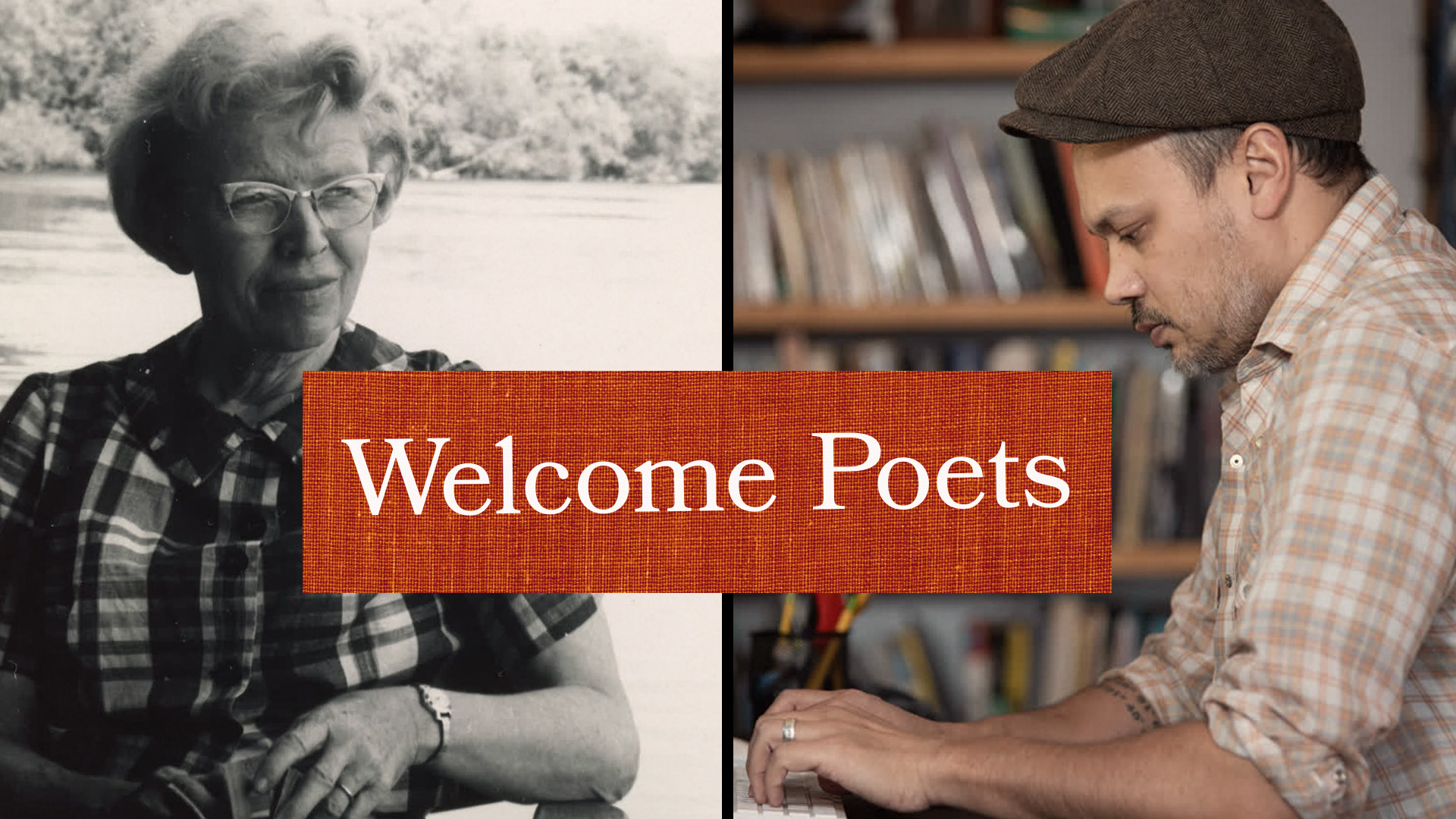


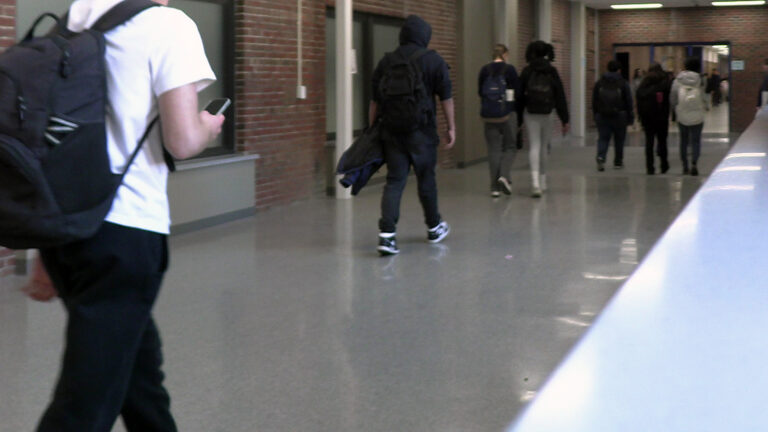
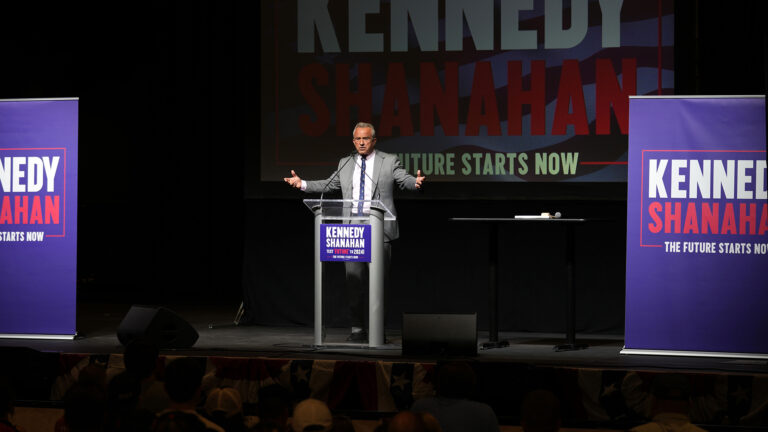
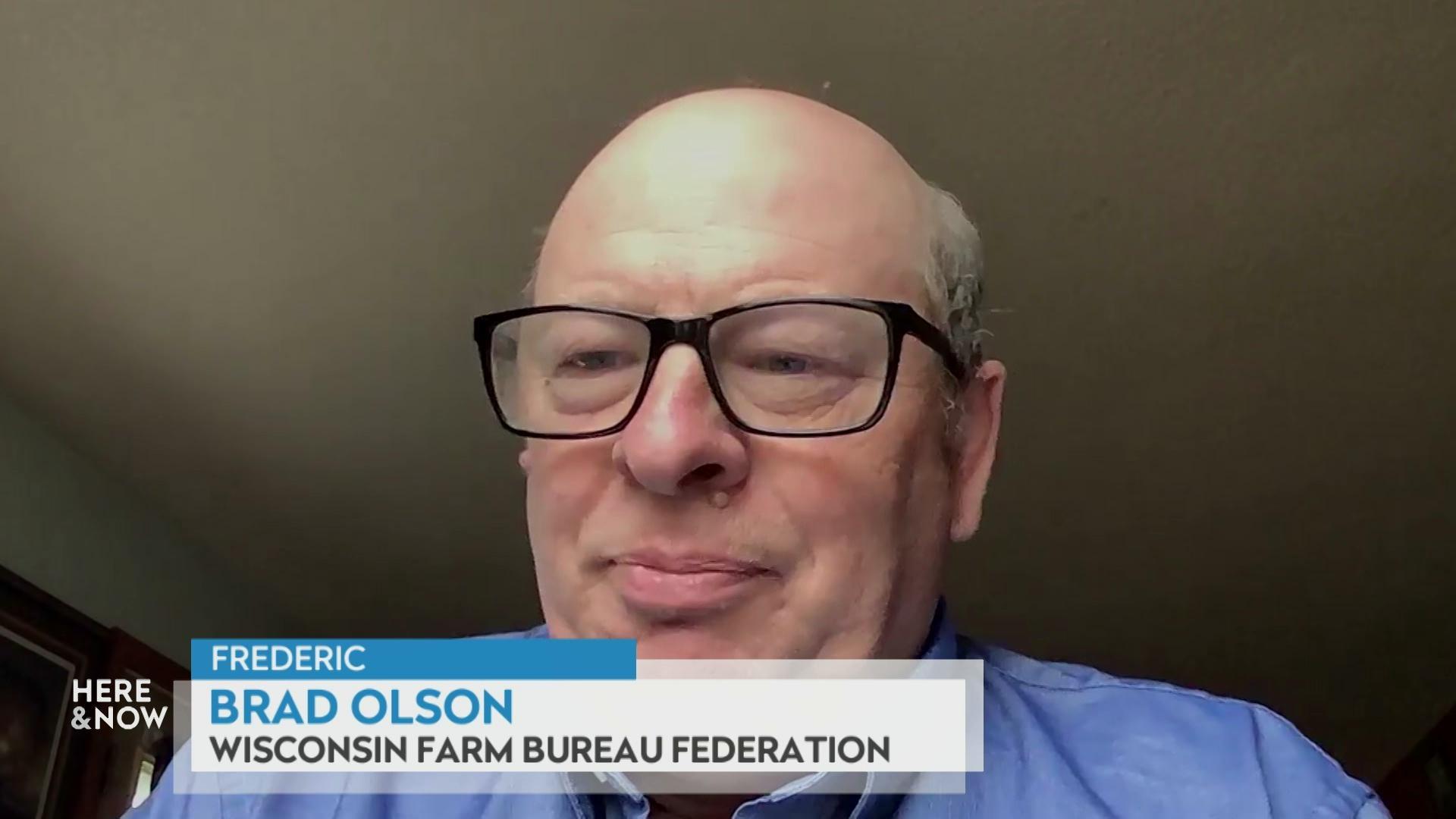
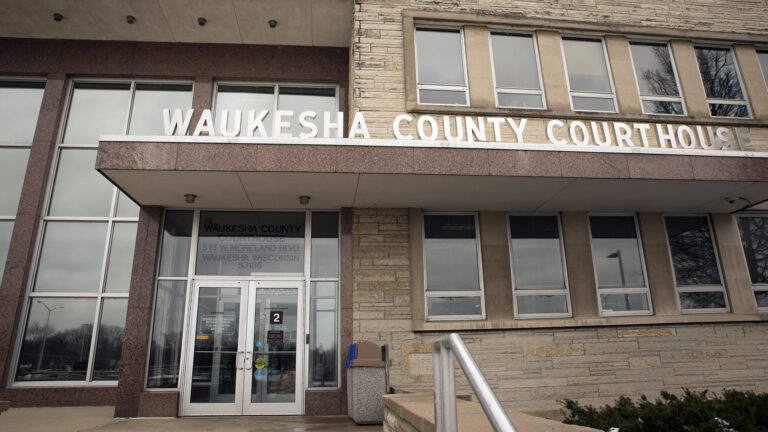
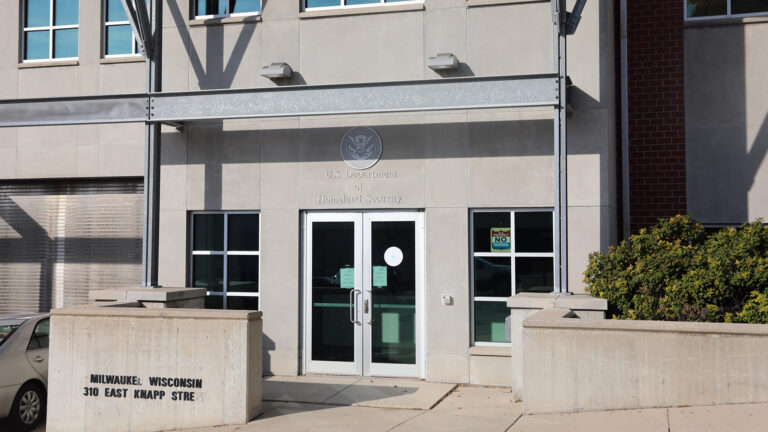


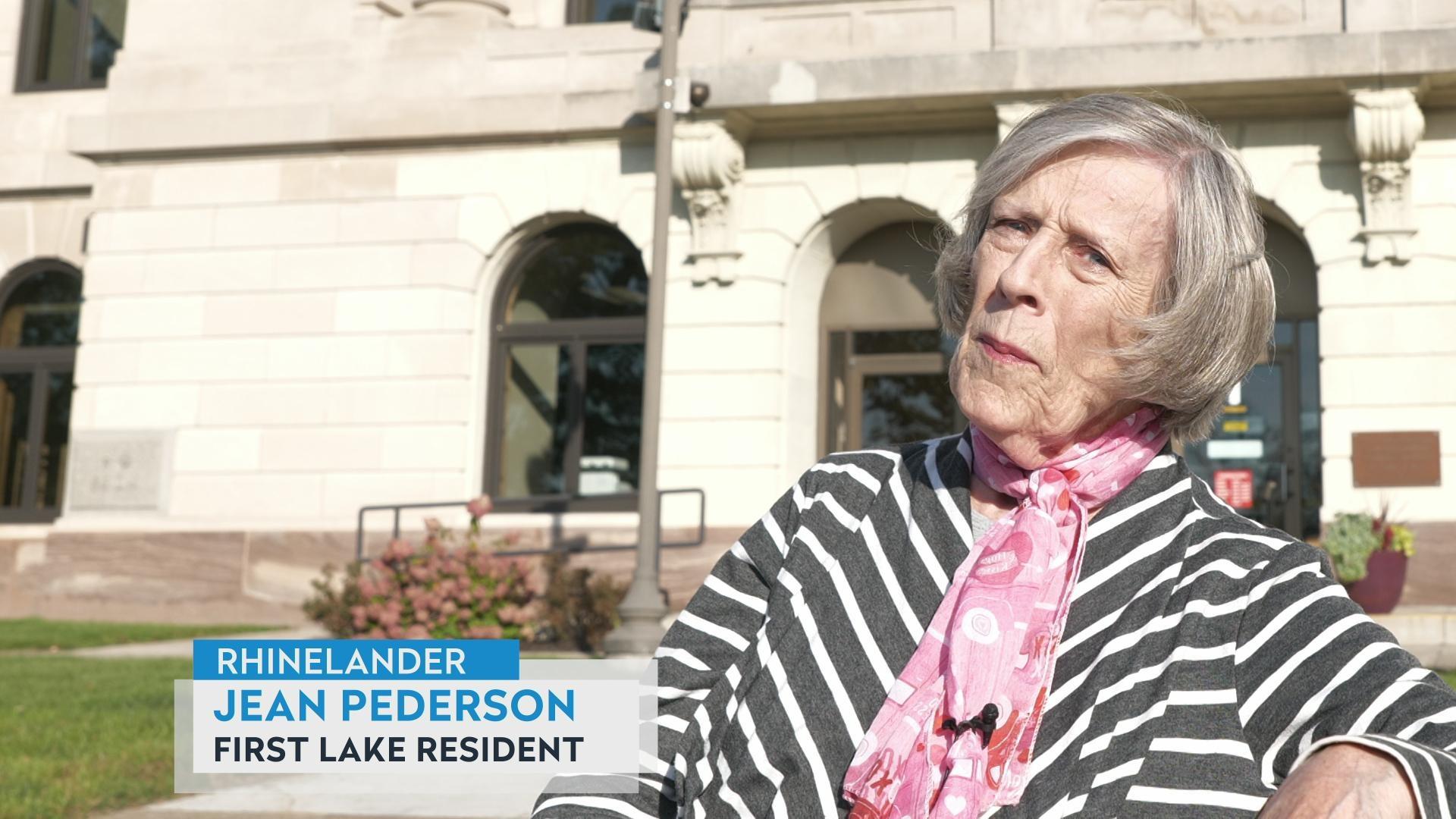





Follow Us